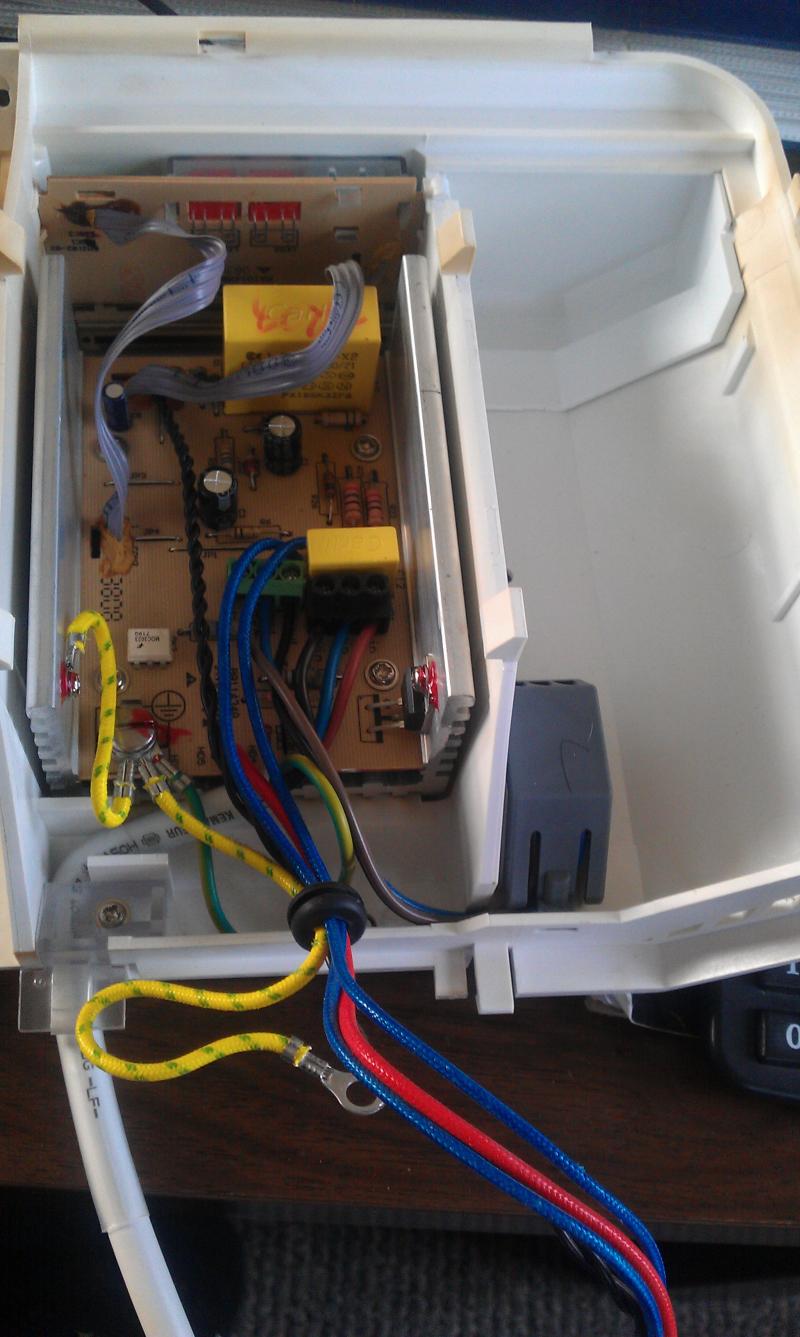Hi,
My Dimplex EPX Panel Heater comes on when requested but is more like pulsating on off on off as it heats inluding the heat light.......
I know this is down to the electronic control panel px08014 but can anyone give there ideas to the part on the control that may be causing it.......
Capacitor, transistor, etc etc
Would rather change a part than the whole board at £60...
Many thanks
My Dimplex EPX Panel Heater comes on when requested but is more like pulsating on off on off as it heats inluding the heat light.......
I know this is down to the electronic control panel px08014 but can anyone give there ideas to the part on the control that may be causing it.......
Capacitor, transistor, etc etc
Would rather change a part than the whole board at £60...
Many thanks



